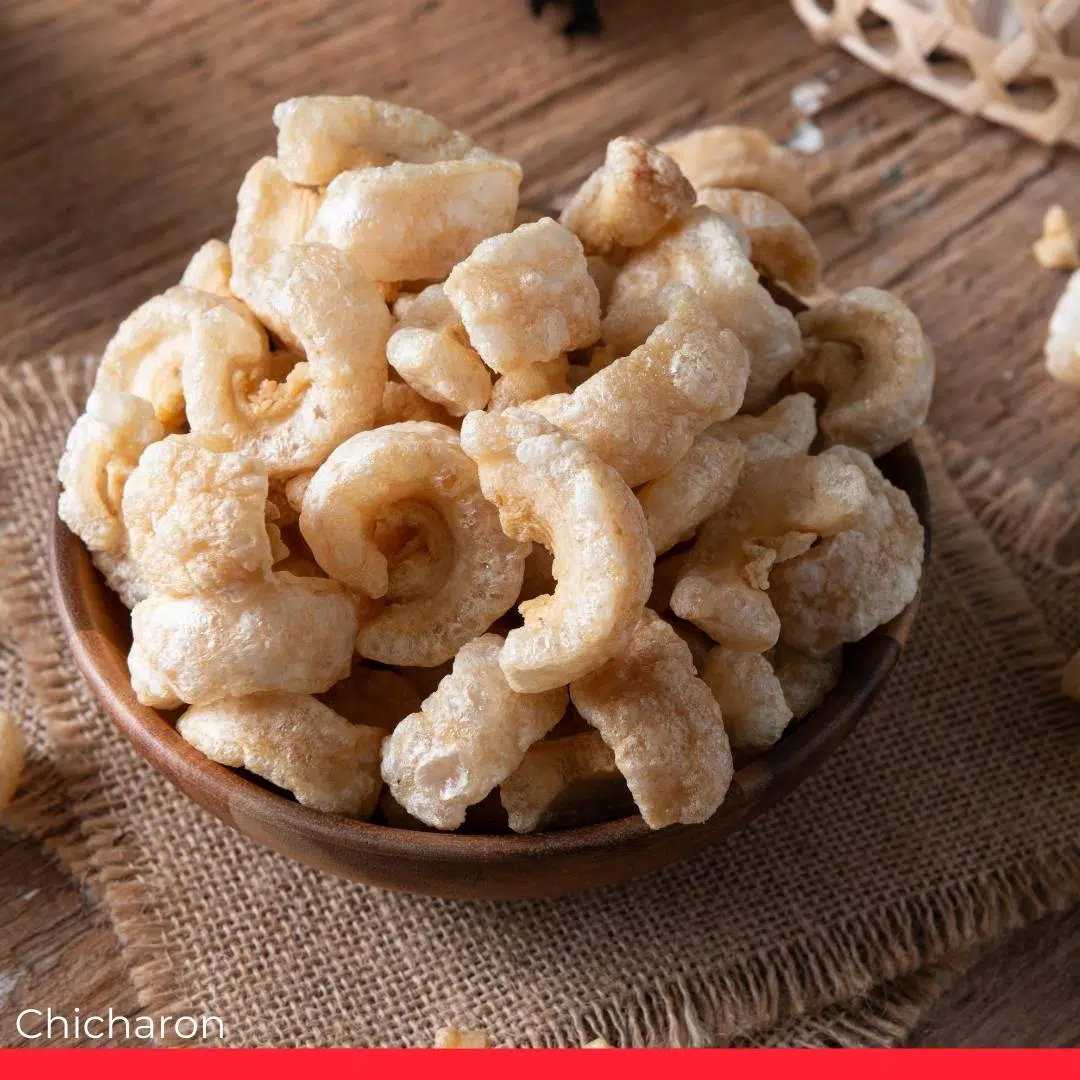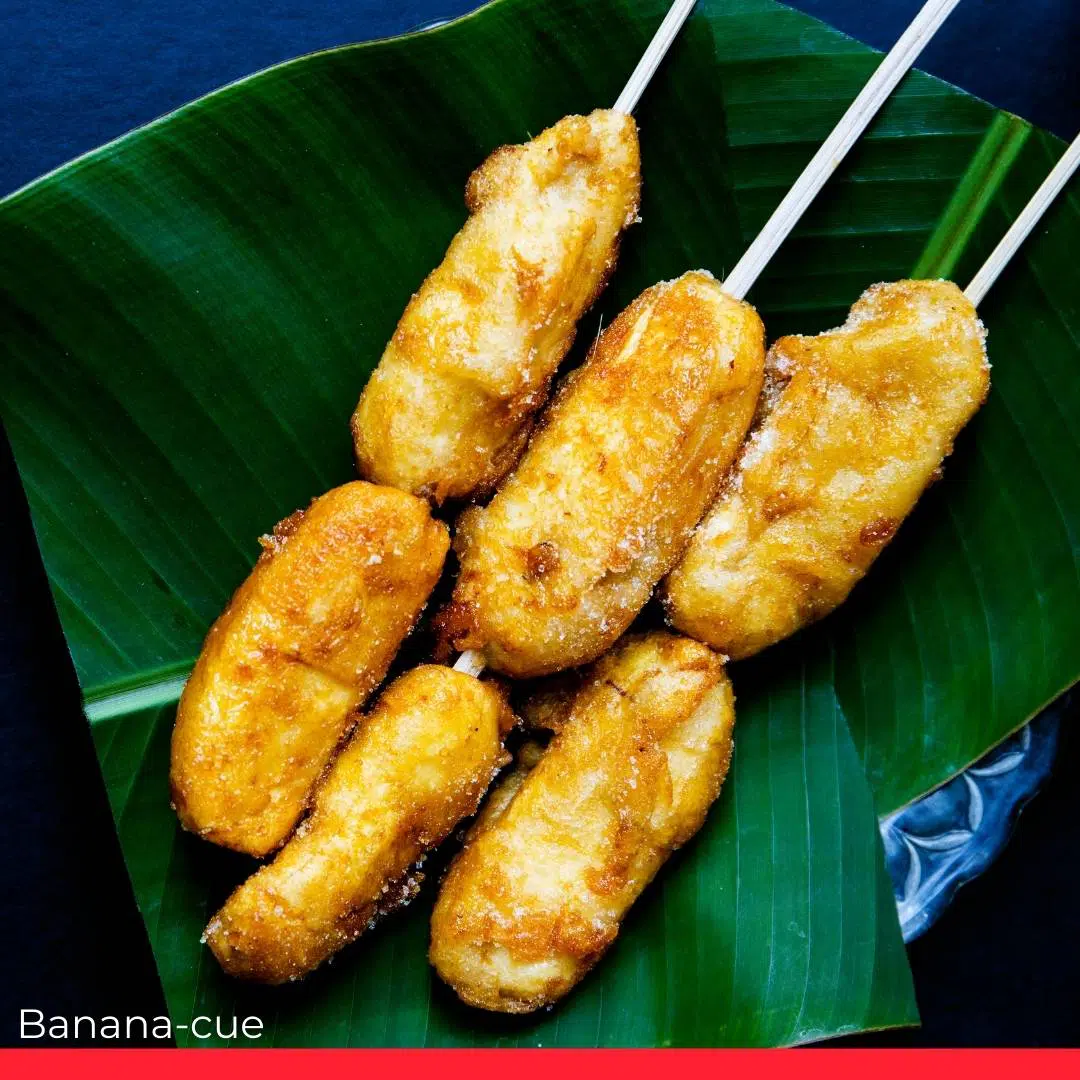15 Popular Filipino Snacks

The flavors of the Philippines are still largely misunderstood by the rest of the world, according to Vogue, the prestigious fashion & lifestyle magazine. This statement is undisputedly true.
Philippine cuisine has very interesting and unique dishes. Most Filipino snacks are packed with calories while resourcefully creating unconventional ways of putting food on the table using ingredients that are abundant on the islands.
The Philippines is also known for having a penchant for some exotic favorites like duck embryo, pig’s internal organs, and some insane fusions of different flavors you wouldn’t imagine that they would work well together. Your taste buds will surely have a gastronomic adventure that will make a trip to the Philippines a unique experience.
Filipino cuisine has been delighting taste buds for centuries with phenomenal flavors that reflect the country’s multicultural influences. Let’s take a look at the most popular 15 Filipino snacks.
1. Chicharon (pork rinds)

Chicharon, also known as Chicharrón or Chicharrónes, is a crunchy, tasty, and sinfully delicious snack in the Philippines.
Chicharon is salted deep-fried pork rinds Filipinos usually have as a snack or pulutan (finger food) that pairs very well with beer. Besides beer, Chicharon is also eaten with different kinds of dipping sauces, but Filipinos use vinegar, traditionally.
Sometimes, Chicharon is used as a garnish or ingredient in other Filipino dishes such as Pinakbet (a vegetable stew), Munggo (mung bean soup), and Palabok (a type of Filipino noodle dish).
In the Philippines, chicharon is not made exclusively of pork skin; the term “chicharon” is attached to the term referring to any deep-fried animal skin and its innards: bituka (intestines, aka bagbagis in Ilocano), bulaklak (flower fat), isaw manok (chicken intestines), butsiron/ buchiron (chicken esophagus), fish-charon (fish skin), and even mushrooms.
2. Dried Mangoes

Just recently, the Philippines was overwhelmed by an excess of about 2 million kilos of mangoes because of a dry spell on Luzon, the biggest island in the archipelago. This wasn’t a problem for the country because of its ingenious production of dried mangoes.
Dried mangoes are a famed emblem of the Philippines, both domestically and abroad—this snack can usually be found at souvenir shops, supermarkets, duty-free, and delis across the globe.
Made with local mangoes harvested from the province of Guimaras and manufactured in Cebu, these confections allow consumers to enjoy the fruit’s distinctive flavor in a candy-like form that can be eaten plain or used as a topping for ice cream or crepes.
The Philippines has the sweetest mangoes that are, without a doubt, the best-tasting dried mangoes in the world. This is because the Philippine dried mangoes have a sweet, non-acidic flavor; they are a tasty, and healthy alternative to sugary snacks.
3. Banana-cue

Banana-cue refers to skewers of deep-fried (not grilled) bananas, covered with brown sugar until the sugar caramelizes. Since this snack requires very few ingredients and no special cooking equipment, it became a popular choice for street vendors.
Related: Most Popular Filipino Street Foods
4. Balut (fertilized duck egg)

The most bizarre street food and a must-try delicacy for any foreign traveler in the country is “Balut”—a developing bird embryo, boiled and eaten straight from the shell. This is a baptism of fire, and almost every Filipino has eaten this at least once in their life.
Balut is a little bit hard to digest but very easy to eat. You start by cracking a hole in the eggshell and sipping the juice from the shell. After creating a big hole in the shell, you will notice the yolk and either the beak, the eye socket, or other features of the embryo. Sprinkle a little salt to give it a taste. Then hold your breath, say a little prayer, and eat everything that is inside the eggshell all at once.
Balut is also believed to be an aphrodisiac, which may be the reason it is likely to be seen being sold at night. There are even those who believe it’s an effective hangover food.
The idea that Filipinos eat this regularly is not true; Balut is actually still quite repulsive even to many Filipinos. Nonetheless, it’s undoubtedly one of the most popular snacks of night owls.
5. Taho

Influenced by Chinese cuisine, this iconic snack is made out of fresh soya or soybean, which is also the key ingredient used in making soy sauce. It is served with caramelized brown sugar called arnibal and with tapioca pearl, locally known as sago.
Taho (pronounced ta-ho) is a warm Filipino staple comfort food prepared before dawn and sold nearly anywhere in the Philippines very early in the morning. Taho vendors, known as “magtataho,” walk the streets with a shoulder balancing a bamboo pole carrying two aluminum buckets: one bucket contains the warm taho and the other contains the arnibal and sago.
6. Polvoron

Polvoron is a powdered milk candy; the name is derived from the Spanish word polvo, meaning powder or dust. This melt in your mouth snack is not exclusively a Filipino delicacy; in fact, this delicacy is a type of shortbread popular in Spain and its former colonies in Latin America. In the Philippines, it is a sweet molded treat whose basic ingredients are toasted flour, margarine or butter, sugar, and powdered milk.
It is soft, crumbly, and can be flavored with ingredients such as ube (purple yam), chocolate, pinipig (rice krispies), cashew, and oreo cookies. The mixture is shaped into small portions using tin molds and then wrapped individually in colorful wrapping paper or plastic to maintain freshness.
7. Pan de Coco

Pan de Coco is a Spanish term which literally translates to “coconut bread.” This snack is a soft, coconut-filled bun that is popular in the Philippines.
The Filipino Pan de Coco differs from its Central American and Caribbean cousins by incorporating sweetened coconut as a filling for the buns.
Freshly grated coconut is highly preferred when cooking the filling, but some local bakeries use desiccated coconut, which can be a little dry but just as tasty. Pan de Coco is typically eaten as breakfast, fresh from the local bakery.
8. Ensaymada

Ensaymada (Ensaimada) is a pastry product that originated in Majorca, Spain. Its name originated from the Spanish word “saim,” meaning pork lard, that is used as one of its ingredients.
In the Philippines, the making of this snack has evolved from using lard to butter or shortening, together with flour, water, sugar, and eggs. Cheese and sugar are then added as a topping. The classic ensaymada is usually made of swirled and baked sweetened dough, patted with butter or margarine, and sprinkled with sinful white sugar.
Since it is sweet and creamy, it is best paired with hot coffee or a rich chocolate drink. Not only is this bread great as an afternoon snack, but it also makes for a great pasalubong, or homecoming gift, and souvenir.
9. Puto

Puto is a type of steamed rice cake usually served as a snack or paired with savory dishes such as Dinuguan (blood stew) or Pancit (Filipino chow mein). Puto is one of the most popular kakanin or rice cakes. This steamed rice cake is traditionally white in color, although it can also be green or purple to indicate that it has a pandan or ube flavor.
Toppings for Puto can range from a single strip of cheese to a slice of salted egg. This is a local delicacy usually enjoyed as a satisfying midday snack.
10. Manggang Hilaw

Mango is truly the national fruit of the Philippines and is the third most important fruit crop of the country after banana and pineapple. In the Philippines, different varieties of mangoes grow, which locals enjoy tremendously.
Being situated in Southeast Asia, the Philippine cuisine is also known for its sour dishes; thus green mangoes (especially the real sour ones) are a hit in the Philippines and other nearby countries. You can commonly find green mangoes being sold outside schools or offices during lunch breaks.
This salivating snack is best paired with bagoong (fermented shrimp paste), which complements the sourness.
11. Champorado

This is a thick chocolate porridge that is usually served for breakfast and as a snack. Champorado is made by boiling sticky rice with cocoa powder. After it is cooked, condensed milk or sugar is added to the champorado to further sweeten its taste.
Champorado got its name from the Spanish champurrado, a hot chocolate drink thickened with cornstarch. The Philippines eventually came up with its own version and added rice to the recipe. Regular white rice can be used when making this snack, but using glutinous, sticky, or sweet rice gives it a thicker consistency and a much better flavor.
Some champorado is made with coconut milk, which gives the dish a fragrant aroma and a much richer taste. This version is best eaten with a salty side dish like tuyo (salted dried fish) or bacon to offset the sweetness of the porridge.
12. Suman

Suman is the country’s most famous rice cake that can be found almost anywhere in the country. It is a name shared by many different variants that are all made from glutinous rice cooked in coconut milk, wrapped tightly in palm leaves, and then steamed. It’s quite delicious on its own, but those who find it to be a bit bland add sprinkles or dip it in sugar.
There are numerous varieties of suman in the country: the most popular is called suman sa lihiya, which is comprised of soaked glutinous rice and coconut milk wrapped in banana leaves and boiled for two hours. There is also a suman stuffed with chocolate, popular in Dumaguete, called Budbud.
Another chocolate suman is called Muron, which is layered with milk-infused rice flour, then with cocoa-infused rice flour.
13. Lumpiang Togue

Lumpiang Togue is a Filipino variation of lumpia that is made with mung bean sprouts, or togue. This popular snack is usually served with a spicy vinegar dip and eaten alongside pancit, or rice noodles. Common ingredients used in lumpiang togue are togue, kamote (sweet potato), and green beans.
Vendors in different places, however, each make their own version. Variation is made by adding other vegetables like carrots and cabbage. It is wrapped with spring roll wrap, then deep-fried until the wrapper turns golden brown. A spiced vinegar-based sauce is usually served for dipping.
14. Kutsinta

Kutchinta is an all-time favorite Filipino snack or breakfast food originally made from rice flour, sugar, lye water, and achuete (annato) seeds for coloring, served with grated fresh coconut.
The word ‘Kutsinta’ comes from the Chinese word ‘Kueh Tsin Tao,’ meaning a little cake or cookie for snack, more often steamed than baked. Kutsinta or kuchinta is an orange brownish sticky jelly-textured rice cake made from a mix of rice flour (sometimes mixed with all-purpose flour), sugar, and lye water served with freshly grated coconut.
This rice cake is one of the most popular rice cakes in the Philippines, usually sold every morning alongside puto, with a sweet yema (caramel-like) spread.
15. Lugaw

Lugaw comes from the family of congee, popular in nearly all Asian regions, differentiated only by the toppings and flavors incorporated into it. Lugaw, in particular, uses the same key ingredients: rice and chicken broth, but is further flavored with pieces of chicken, ginger, scallions, and fried garlic.
This breakfast staple is not only easy to prepare but also budget-friendly. This snack’s thickness can be adjusted simply by adding more or less chicken broth. It is best served with slices of calamansi or lemon.
Related: Most Popular Filipino Street Foods
Related: Most Popular Filipino Christmas Foods
Related: Most Popular Filipino Desserts


